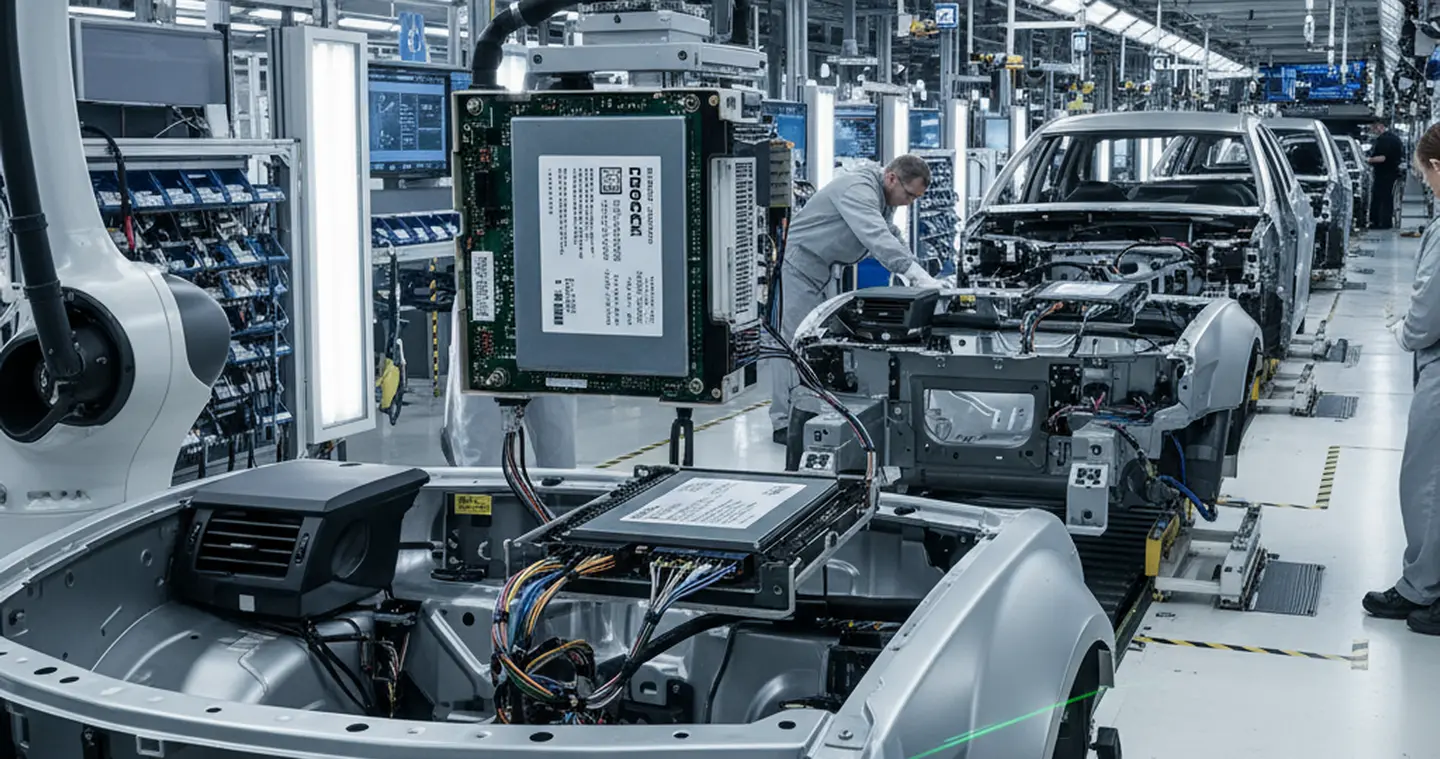The future of the automotive industry: Can Catena-X transform the value chain?


What exactly is Catena-X?
Catena-X is a cross-industry, collaborative network designed to lead the automotive industry into a new era of digitalization and efficiency. It is an open, standardized data ecosystem that aims to connect all players along the value chain. From OEMs and suppliers to logistics and recycling companies, Catena-X offers a platform for secure and seamless data exchange.
What are the challenges of the current value chain?
The current value chain in the automotive industry is characterized by isolated solutions, inefficient processes, and a lack of transparency. These challenges lead to high costs, long development times, and suboptimal sustainability standards. Digitalization and networking among all participants offer the opportunity to overcome these challenges and create end-to-end transparency and efficiency.
The advantages of Catena-X for potential partners
Standardization and interoperability
The introduction of a standardized data format and interoperable interfaces is a key advantage for many partners. Through Catena-X, suppliers and OEMs can exchange data in a common format, making communication and collaboration more efficient. This reduces complexity and the cost of integrating new partners and systems.
Transparency and traceability
A core benefit of Catena-X is the creation of transparency across the entire value chain. For potential partners, this means having real-time insight into the status and origin of components and materials. This is especially important for sustainability compliance and legal requirements. Additionally, improved traceability makes recalls more efficient and cost-effective.
Increased efficiency and cost reduction
Networking and real-time data exchange enable optimized planning and control of production processes. Just-in-time deliveries, reduced warehousing costs, and improved production processes are just some of the potential benefits. For partners, this translates to direct cost reduction and increased competitiveness.
Promotion of innovation
By participating in an open, collaborative network like Catena-X, partners can tap into a broad innovation ecosystem. Data sharing and best practice exchanges enable companies to react faster to market changes and jointly develop new technologies. This is particularly relevant in transformational areas, such as autonomous driving and new battery technologies.
How the technical implementation works
Data security and privacy
One of the biggest concerns in open data ecosystems is the security of shared data. Catena-X addresses this challenge with state-of-the-art encryption technologies and strict access rights. Partners can be confident that their sensitive data are protected and accessible only to authorized users.
Integration of existing systems
Integrating Catena-X into existing IT infrastructures can be challenging. Modular and scalable solutions allow companies to implement new standards gradually and with minimal effort. Additionally, Catena-X supports partners with training and transition programs to facilitate adoption.
Acceptance and cultural change
Adopting a new system requires more than just technical adjustments - it also demands a cultural shift within organizations. A collaborative mindset and willingness to exchange data openly are essential. Catena-X promotes close collaboration and continuous communication with all partners to increase acceptance and facilitate the transition.

Conclusion: Can Catena-X transform the value chain?
Catena-X offers significant potential to modernize and future-proof the automotive industry’s value chain. Standardization, interoperability, increased transparency, efficiency gains, and innovation-driven collaboration are key advantages for potential partners.
However, technical challenges and cultural shifts should not be underestimated. With a structured implementation strategy and a shared commitment to collaboration, Catena-X can play a crucial role in enhancing and optimizing the value chain.
This transformation can help ensure that the automotive industry remains competitive, sustainable, and future-ready.




-20250428-122025.png)



